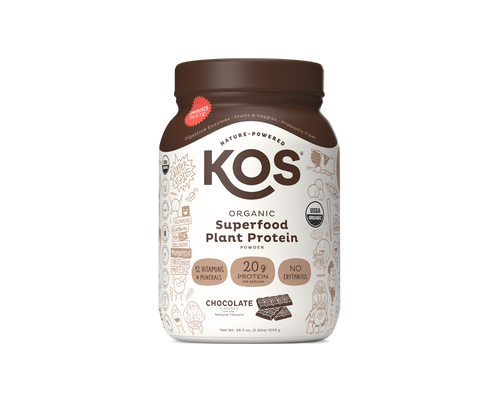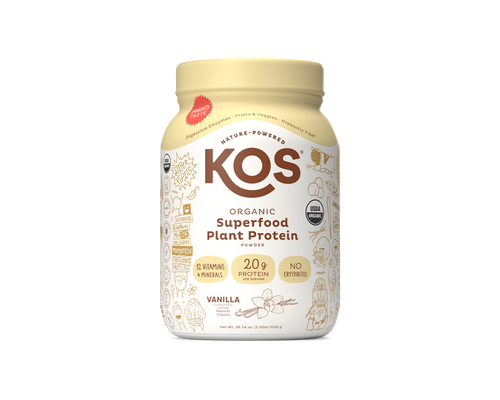Table of Contents

You’re halfway through your second tub of fried chicken. Suddenly the door bursts open and an ominous shadow falls across the room. omg NO! IT'S YOUR GRANDMOTHER!
“Everything in moderation,” she says, waggling her index finger. Her flour-dusted apron and wire-framed glasses don’t fool you. She is clutching a rolling pin, which you rightly interpret as a threat. Yes, the old dear is prepared to reinforce her folk wisdom with a mighty blow to your head.
Even as you stare at this fearsome figure silhouetted in the doorway, your eyes wide with terror, you continue gnawing at the drumstick grasped in your greasy paw. Yeah, you're beyond grandmotherly advice, you poor soul. Moderation and fried chicken? Get real.
Fried Food in History
Fried foods are comfort foods, which compounds the problem—if we can agree there is one. And whether or not earlier societies were aware of—and could pronounce— hypercholesterolemia (a spike in LDL, your artery-blocking “bad”cholesterol), they embraced fried foods with abandon.

early frying enthusiast Geoffrey Chaucer
Roman writers in the first century describe frying eggs, and sources in the middle ages describe cooking in oil. Even Geoffrey Chaucer’s timeless Canterbury Tales, written in 1392, references a woman taking revenge on her adulterous husband by flirting with other men, saying ”…in his own thick grease I made him fry.” So frying has suited many purposes, both in and out of the kitchen, for at least a couple thousand years.

does this even look like a good idea? Don't answer that.
Fried food’s omnipresence throughout history can be largely attributed to one thing: fried food is freaking delicious. But as we've learned over years of gastronomic self-destruction -- if something tastes like Heaven on Earth, it is likely shortening your time on Earth and advancing your transition to Heaven. Yeah; the same processes that give fried foods their unique texture and flavor also make them lethal fatty acid depth charges.
Fried Food is Chemistry
Frying, like most of life, is a chemical process. Oil has a higher boiling point than water, and the frying process involves heating oil to a temperature twice that of water.
You drop your food into the frying pan and the hot oil effectively boils off the residual water in the food’s surface (hence all the crackling and bubbling in the frying pan) and begins otherwise changing the character of the food. When the outer layer of the food is dehydrated (the water removed), a chemical process called oil uptake occurs.

The oils in the pan replace the food’s exiled surface water, giving the food crunch, sealing the juices inside, providing the food that melt-in-your-mouth consistency—and causing your heart to shiver in preparatory terror of what is coming down the gullet.
Trans Fats as Food Industry Savior (1903)
Saturated fat occurs naturally in red meat and dairy products. So...where’d we get trans fats? We invented them. Aren’t we something? There are rare instances of trace trans fats occurring naturally in certain ruminants - those animals with several stomachs. But it took a scientist to isolate and commodify the trans-fats, a breakthrough that pleased the food industry while unleashing the family-sized bag of greasy potato chips—among other complex sorrows.

...resist the siren song! RESIST! (you done with those..?)
Chicken, donuts, fried calamari (in other words, barnyard fowl, grain, and squid) — these are not birds that normally flock together, but they are trans fat brethren joined at the hydrogen bond. Why is it called a trans fat and what is it?
Trans Fats Would do You Harm
It’s called a trans fat because at room temperature it is a transitional material. Warm trans fat oils left in a dish at room temperature transition from liquid to solid – they solidify. Bacon grease is a good example.
A trans fat is a semi-solid type of unsaturated fat, created by the forced introduction of hydrogen atoms. When the process for creating trans fats was invented and patented in 1903, the food industry was stoked. Why? Unsaturated fats in their natural state break down and rot after a time at room temperature; a bad sitch for food manufacturers in that pre-Frigidaire day.

butter's short shelf life helped usher in the age of stable trans-fats
Unsaturated trans fats, though, are more stable. They don't break down and get rancid as quickly at room temperature. They also confer a tasty texture to foods that once required lard or butter to achieve the same effect, and more expensively. And all you have to do to make a trans-fat is force hydrogen into vegetable oil.
In 1903 the options for keeping food fresh were few. The trans fat innovation meant longer shelf life for food products – a huge gift to that industry, to one's food pantry—and to future heart surgeons.
By the 1950’s the link between trans fats and heart disease got figured out. Several decades of peer-reviewed arguing ensued. It was later found that eating "fats" was good and necessary for the physiology, and people ate trans fats with abandon.
Ultimately, by the 90s trans fats had fallen out of favor as an acceptable, worry-free consumable. In 2018 the FDA prohibited manufacturers from adding partially hydrogenated oils to foods, offering a longer time-frame to manufacturers whose business, it was thought, would suffer from the sudden trans-fats manufacturing ban. Saturated fats remain an all-natural scourge. Not to overdramatize.
Throughout all this public health drama, donut sales remain robust.
How Fried Foods Do Damage
There are inscrutable diseases that do their dirty deeds at the cellular scale, complex mechanisms for damage that can be incredibly difficult to figure out. Saturated fats are less elegant attackers. They simply slap up a blood flow-stopping wall of gunk in your artery. Very subtle.
Saturated fats raise your bad (LDL) cholesterol levels and lower your good (HDL) cholesterol levels, leading to arteries blocked by what looks an awful lot like spongy candle wax. So what’s all this saturated/unsaturated talk? What is doing the saturating?
Fried Foods and Hydrogen
Polyunsaturated fat molecules are the good guys. They have many (“poly”) double bonds; carbon atoms that are connected by a shared electron.

When carbon molecules are not double-bonded in this way, they're stuck together instead by a bunch of hydrogen atoms— the molecular connection is saturated with hydrogen atoms, making that fat molecule a saturated fat molecule—saturated with hydrogen.
The practical effect? Hydrogen bonds makes a fat stickier, more solid, and more stable. A glazed donut seems to stay fresh forever. There’s a reason for that, and it was cooked up in 1903.
Stable and sticky is cool and kind of interesting in a bacon-scented jar on the kitchen counter.
You just don’t want stable and sticky in your veins. The very stuff that makes a glazed donut so maddeningly desirable (he confessed) turns against you once inside your body.
Oils and eats to avoid that carry the saturated fat trojan horse? Here's a sampling:
butter, ghee, suet, lard, coconut oil and palm oil
fatty cuts of meat
sausages
bacon
cured meats like salami, chorizo and pancetta
cheese
pastries, such as pies, quiches, sausage rolls and croissants
cream, crème fraîche and sour cream
ice cream
coconut milk and coconut cream (not coconut water)
milkshakes
chocolate and chocolate spreads
![]()
It has been widely recommended that intentional adoption of a low-fat diet might be less important than a focus on eating beneficial “good” fats while steering clear of harmful “bad” fats. Yes, "fat" is an important part of a healthy diet -- your body processes actually require the stuff.

beware this bold claim by focusing on label ingredient list instead! (image courtesy lilynicholsrdn.com)
Choosing foods with “good” unsaturated fats and dialing back foods high in bad saturated fat is likely a more sustainable approach. In any case avoid trans fat as you would a battleship-sinking hydrogen bomb. But keep your eyes peeled for labelling sleight-of-hand.

In this regard, food labels are your guide. What's important is knowing what label ingredients reveal trans-fats, since the FDA's own rules on labelling don't always explicitly disclose trans-fats when they are present, literally redefining what "zero" means. Per the FDA, a label that indicates 0 trans fats means the product has less than .5 grams of trans fat per serving.

“Good” unsaturated fats — Monounsaturated and polyunsaturated fats — lower disease risk. Foods high in good fats include vegetable oils (such as olive, canola, sunflower, soy, and corn), nuts, seeds, and fish.
Where else are the healthy fats found?
Avocados, Walnuts, Almonds, Nut Butters, Olives, Olive Oil, Ground Flaxseed, Salmon, Tuna, Dark Chocolate, Tofu, Edamame, Sunflower Seeds, Chia, Hemp Seeds, Shredded Coconut, Anchovies, Pumpkin Seeds (if you can imagine), Macadamia Nuts, Sesame Seeds, Sardines, Soy Milk, Peanuts..
Grandmotherly Word of Caution

you've been warned
Look, fried foods are delicious. It's not inaccurate to say they are "da bomb". There are those who, in your best interest, would have you take a zero-tolerance approach to fried foods, but a practice of thoughtful moderation lets you occasionally enjoy otherwise dangerous culinary choices. Think of an apple fritter as an infrequent treat, and not "lunch", for instance.
So next time you’re tempted to partake of a fried ... whatever — just imagine Grandma’s scary silhouette in the doorway. May her terrifying, hulking figure gently inform your habits.






